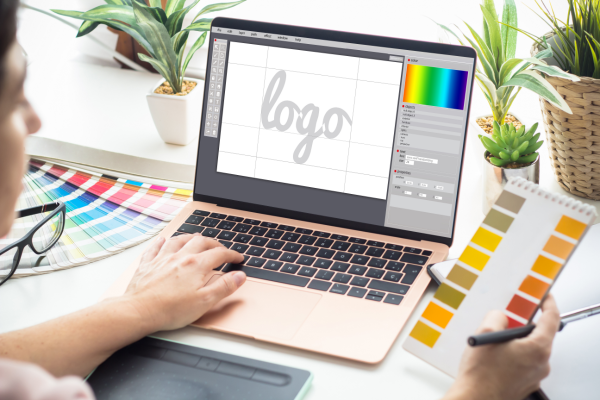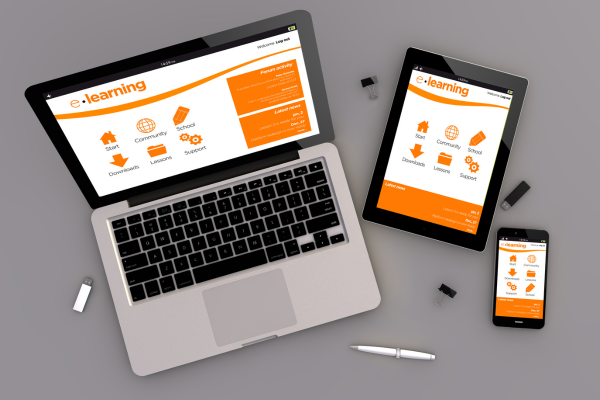How to Use Social Media for Freelance Designers
Social media has become an indispensable tool for freelance designers looking to showcase their work, connect with potential clients, and build a strong personal brand. With the right strategy, social media can help you expand your reach, engage with your audience, and establish yourself as an authority in your field. Here’s a comprehensive guide on how to effectively use social media as a freelance designer.
1. Choose the Right Platforms
Not all social media platforms are created equal, and each has its unique audience and features. It’s essential to choose the platforms that best align with your goals and where your target audience is most active.
Instagram:
- Pros: Highly visual platform ideal for showcasing your design work through images and short videos.
- Cons: Requires consistent, high-quality visual content to stand out.
LinkedIn:
- Pros: Professional network perfect for connecting with potential clients, industry peers, and showcasing your expertise.
- Cons: Less emphasis on visual content, more on professional achievements and articles.
Behance and Dribbble:
- Pros: Platforms specifically designed for creatives to showcase their portfolios and connect with other designers and clients.
- Cons: Primarily used by designers and may not reach a broader audience outside the industry.
Twitter:
- Pros: Great for sharing quick updates, engaging in conversations, and staying updated with industry news.
- Cons: Fast-paced and can be challenging to stand out without frequent posting.
Facebook:
- Pros: Large user base and versatile features for sharing various types of content and joining industry-related groups.
- Cons: Organic reach can be limited without paid advertising.
2. Optimize Your Profiles
Your social media profiles are often the first impression potential clients will have of you, so it’s crucial to make them professional and informative.
Tips:
- Use a professional profile picture that represents your brand.
- Write a clear and engaging bio that highlights your skills, experience, and what you offer.
- Include a link to your portfolio or website in your profile.
- Use relevant keywords in your bio and profile to increase discoverability.
3. Showcase Your Work
Regularly sharing your work is essential to demonstrate your skills and creativity to potential clients. Use social media to highlight your best projects, processes, and behind-the-scenes work.
Tips:
- Post high-quality images and videos of your work.
- Share case studies that explain the process and results of your projects.
- Create before-and-after posts to showcase your design impact.
- Use stories and reels to provide a behind-the-scenes look at your design process.
4. Engage with Your Audience
Engagement is key to building a loyal and active following on social media. Responding to comments, messages, and participating in conversations helps to create a sense of community and trust.
Tips:
- Respond promptly to comments and messages.
- Ask questions and encourage discussions in your posts.
- Like and comment on posts from other designers and potential clients.
- Join relevant groups and participate in discussions.
5. Use Hashtags Strategically
Hashtags can significantly increase the visibility of your posts and help you reach a broader audience. Use relevant and popular hashtags to get your content discovered by users interested in your niche.
Tips:
- Research popular hashtags in your industry.
- Use a mix of broad and specific hashtags.
- Create a branded hashtag for your content.
- Monitor the performance of your hashtags and adjust your strategy accordingly.
6. Leverage Analytics and Insights
Understanding how your content performs can help you refine your social media strategy. Most platforms provide analytics and insights to track engagement, reach, and other key metrics.
Tips:
- Regularly review your social media analytics to understand what types of content perform best.
- Pay attention to the times of day and days of the week when your posts receive the most engagement.
- Use insights to identify your most engaged followers and potential clients.
- Adjust your content strategy based on what’s working and what’s not.
7. Collaborate with Other Creatives
Collaborating with other creatives can help you reach new audiences and build relationships within the industry. Look for opportunities to work with other designers, illustrators, photographers, and content creators.
Tips:
- Collaborate on joint projects and share the results on social media.
- Participate in or host design challenges and competitions.
- Co-host webinars or live sessions with other creatives.
- Share and promote each other’s work to expand your reach.
8. Offer Value with Educational Content
Providing value through educational content can help establish you as an authority in your field. Share tips, tutorials, and insights that can help others improve their design skills.
Tips:
- Create short tutorial videos and share them on Instagram, YouTube, or LinkedIn.
- Write informative blog posts or articles and share them on your social media profiles.
- Offer free resources like design templates, guides, and e-books.
- Host live Q&A sessions to answer questions and provide design advice.
9. Promote Your Services
While showcasing your work and engaging with your audience is essential, don’t forget to promote your services. Let your followers know what you offer and how they can hire you.
Tips:
- Regularly post about the services you offer and how they can benefit clients.
- Share client testimonials and success stories to build credibility.
- Create clear and compelling calls to action (CTAs) in your posts.
- Use social media ads to target potential clients with your services.
10. Stay Consistent
Consistency is crucial to building a strong presence on social media. Regular posting and engagement help keep your audience interested and attract new followers.
Tips:
- Create a content calendar to plan your posts in advance.
- Schedule your posts using social media management tools like Buffer or Hootsuite.
- Stick to a posting schedule that works for you, whether it’s daily, bi-weekly, or weekly.
- Stay active and engage with your audience consistently.
Using social media effectively can significantly boost your freelance design career. By choosing the right platforms, optimizing your profiles, showcasing your work, engaging with your audience, and leveraging analytics, you can build a strong online presence and attract more clients. Remember, social media success doesn’t happen overnight. Stay consistent, be authentic, and continuously refine your strategy based on what works best for you.





